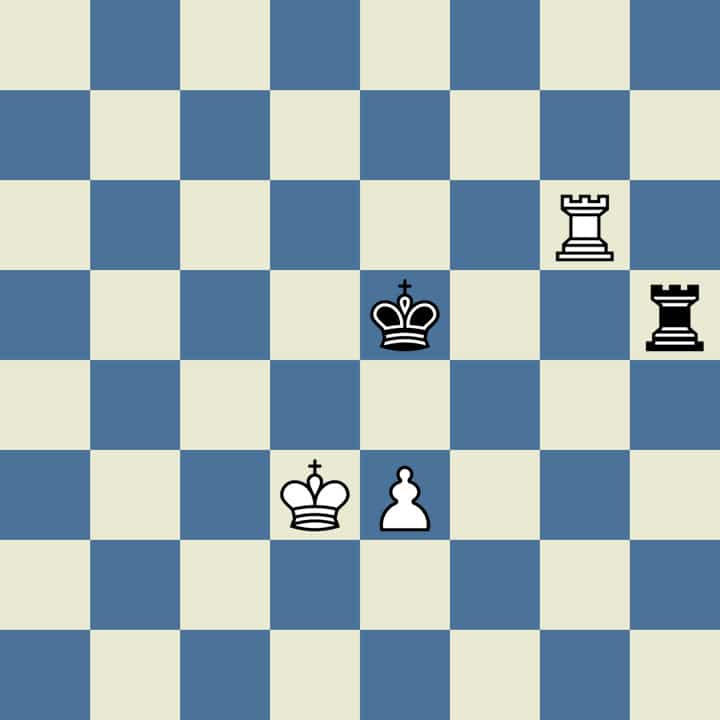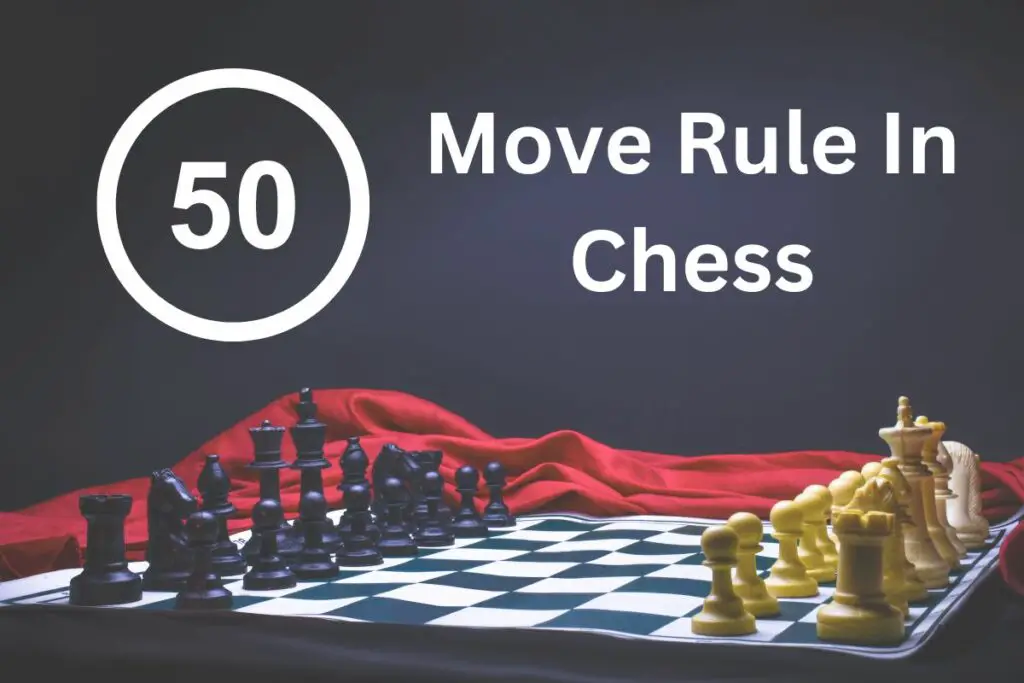Beyond The Search: Chess, Movies & Rules Explained!
Does your enjoyment of movies hinge on a deeper understanding of the art form? Unlocking the secrets of film appreciation can be simplified by grasping a few core principles that shape the narrative and the viewing experience.
The world of cinema, with its vast array of genres, storytelling techniques, and artistic expressions, can seem overwhelming to navigate. However, by focusing on fundamental concepts, we can transform from passive observers to active participants, enriching our appreciation and critical thinking skills.
Before we delve into the intricacies of the "movie rule" and how they impact your viewing pleasure, let's explore the evolution of film rules.
The "movie rule" isn't a single, rigid guideline, but rather a set of interconnected principles that govern how films are made, how they're experienced, and why they resonate with audiences. It's a framework for analyzing and enjoying movies at a deeper level, whether you're a casual viewer or a budding filmmaker. These rules encompass everything from storytelling techniques to character development and audience engagement. Understanding and applying these principles can significantly enhance the quality of a film and its reception among viewers.
While the precise number and definition of these rules might vary slightly depending on the context and the individual analyzing the film, we will refer to these as "the movie rule."
Fundamental "Movie Rules"
Here are several fundamental "movie rules" that can help enhance your movie-watching experience:
1. The Importance of Storytelling: Effective storytelling is the foundation of any great film. A compelling narrative arc, well-developed characters, and a clear thematic message are essential elements. Consider the structure of the story and how the events unfold, the plot, the conflict, and the resolution.
2. The Art of Visual Storytelling: Understanding how visual elements contribute to a movie's impact. How lighting, camera angles, and composition can establish a mood, reveal character, or guide the viewer's eye. The art direction, costumes, and special effects also contribute to the overall impact.
3. Character Development & Audience Engagement: A compelling character who faces challenges will keep audiences hooked, a strong character will always be important to the audience. Whether its the protagonist or antagonist, having a well developed character creates a bond with the audience.
4. The Power of Editing and Pacing: The rhythm of a film's editing dramatically influences its impact. A well-paced film keeps the viewer engaged and maintains the tension. How does the editor use cuts, transitions, and juxtapositions to build suspense, create humor, or convey information?
Understanding The Movie Rule - Applying and Recognizing the Rules in Film
Let's explore these essential guidelines that every film enthusiast should know. Whether you're a casual viewer or a budding filmmaker, these rules provide a framework for analyzing and enjoying movies at a deeper level. Furthermore, we will provide examples from popular films to illustrate each rule effectively, ensuring you leave with both knowledge and inspiration for your next movie night.
These rules, which we refer to as the movie rule, encompass everything from storytelling techniques to character development and audience engagement. Understanding and applying these principles can significantly enhance the quality of a film and its reception among viewers.
To illustrate how these rules work in practice, let's consider a few examples from popular films:
Storytelling: In a film like "The Shawshank Redemption," the meticulous unfolding of Andy Dufresne's story, filled with plot twists and character development, exemplifies the power of a well-crafted narrative. The consistent theme of hope and resilience resonates deeply with viewers.
Visual Storytelling: The use of lighting, framing, and color in "Blade Runner 2049" creates a sense of atmosphere and conveys the mood of the dystopian world. Each visual element provides more depth in the story.
Character Development: The character arc of Walter White in "Breaking Bad" is a masterclass in character transformation. The audience becomes invested in Walter White's progression throughout the movie.
Editing and Pacing: The fast-paced editing of an action scene in "Mad Max: Fury Road" intensifies the excitement and keeps the audience on the edge of their seats.
By actively recognizing these "movie rules" and the techniques filmmakers use, we can begin to critically appreciate the art of cinema. This is the secret to taking our enjoyment of films to the next level.
Chess Rules and The 50/75 Move Rule
Switching gears, let's briefly move away from the world of movies to discuss another area governed by well-defined rules: the game of chess. Within the realm of chess, particularly in competitive play, specific rules dictate how a game can end, even without a checkmate. One such rule, crucial for understanding when a game concludes due to the nature of the pieces' movement, is the "50-move rule" and its extended version.
The 50-move rule dictates that if, during a game of chess, 50 moves (a move consists of one player's turn) are completed by each player without the movement of any pawn or the capture of any piece, the game can be claimed as a draw by either player. This rule is in place to prevent games from going on indefinitely when a player might not have a clear path to victory. Typically, this situation arises when the players are left with few pieces, and no advantageous moves can be made to change the game's state.
In contrast to the general 50-move rule, the International Chess Federation (FIDE) also recognizes a "75-move rule." Under this variation, the game is declared a draw if 75 moves are completed by each player without any pawn movement or piece capture. This provides an extended period for the players to explore possibilities where a win might be possible or to force a draw.
These rules are designed to prevent games from continuing when there is no realistic possibility of either player achieving a win. This is particularly important in chess tournaments to avoid games that go on for hours, and the rules are designed to make the games fairer and more time-efficient.
I am organizing a chess club, and my first game i played my opponent said it is a draw because of the 21 move rule what is this? He looked it up and it said it was a real thing! I only know about the 50 move rule.There is no way i can win with p+k vs k if there is a 21 move rule."
There seems to be a misunderstanding regarding the "21-move rule" in chess. While there is no officially recognized rule with this name in standard chess, it's possible your opponent might have been referring to some specific variation. Perhaps they were using a custom rule established for your chess club or mistakenly thought that the 50-move rule or related situations applied after a certain number of moves.
Chess.com live chess does not handle 50 moves rule correctly. So there is a bug. If there is at least 50 moves played without any pawn move or piece sacrifice, game automatically ends with draw! And here is the game i played 115 move.
If a player is in a position where they cannot win, but their opponent is refusing to agree to a draw, they can invoke the rule to end the game.
Now, on the screen for that game, just below the notations box there will be text for you to click on that says 'claim game'. Click on that to claim the draw.
Usually in cases where a draw was as good as a lost for both players, i.e. a win would secure prize money, a draw would win no prize money.
A player may claim a draw if the last 50 moves have been completed by each player without the movement of any pawn and without any capture. The game is drawn if the last 75 moves have been completed by each player without the movement of any pawn and without any capture.
The purpose of the rule is to prevent someone from playing on indefinitely in a position that cannot be won.
Touch Move Rule and Visualization in Chess
In the world of chess, another essential rule governs how players interact with the pieces: the "touch move rule." This rule mandates that if a player touches a piece, they must move it if it's a legal move. This encourages careful planning and visualization before touching a piece.
The touch move rule guarantees that players have to use their visualization skills while playing a game. Because of this rule, the player who can mentally move pieces inside their head without having to move them physically has an advantage. Since the touch move rule is adopted everywhere, chess players.
The touch move rule encourages players to think more critically about their moves. Chess players are forced to visualize the board state and potential outcomes of their moves. This helps them develop their strategic thinking skills.
Chess Rules Summary
- 50-move rule: A draw can be claimed if 50 moves are made without pawn movement or piece capture.
- 75-move rule: The game is drawn if 75 moves are completed without pawn movement or piece capture.
- Touch move rule: If a player touches a piece, they must move it if possible.
- Understanding the rules prevents endless games and promotes fair play.
Movierulz and Movie Information
The content provided states that "Movierulz provides news, reviews, and updates on telugu, tamil, hindi, and english movies and tv series" and also brings movie news, tv news, trailers, reviews.
Rules Ranjan (2023) is a telugu movie starring Kiran Abbavaram, Neha Shetty, Meher Chahal and directed by Rathinam Krishna.
3 movierulz brings the latest hollywood movierulz news.3movierulz also brings movie news, tv news, trailers, reviews.Movierulz articles in south ind
Watch now or download for later viewing!
Movie Resources Table
| Content | Details | Source |
|---|---|---|
| Movie News | Reviews, trailers, and updates on Telugu, Tamil, Hindi, and English movies and TV series. | Movierulz, 3movierulz |
| Movie - Rules Ranjan (2023) | Telugu movie starring Kiran Abbavaram, Neha Shetty, Meher Chahal, and directed by Rathinam Krishna. | Specific Movie Information |
| Website or Source | Movierulz | Movierulz |


